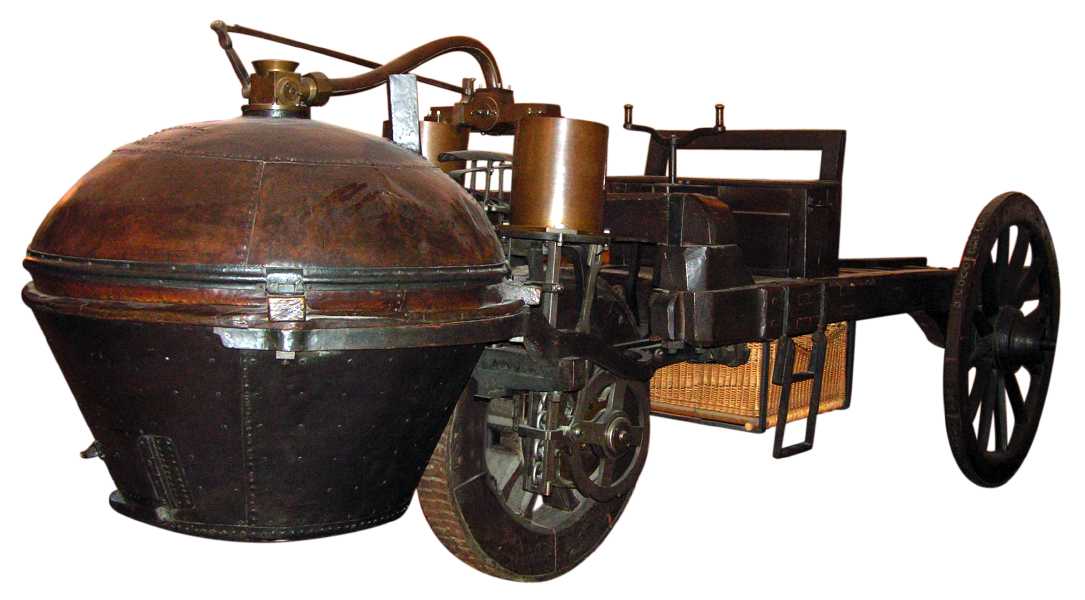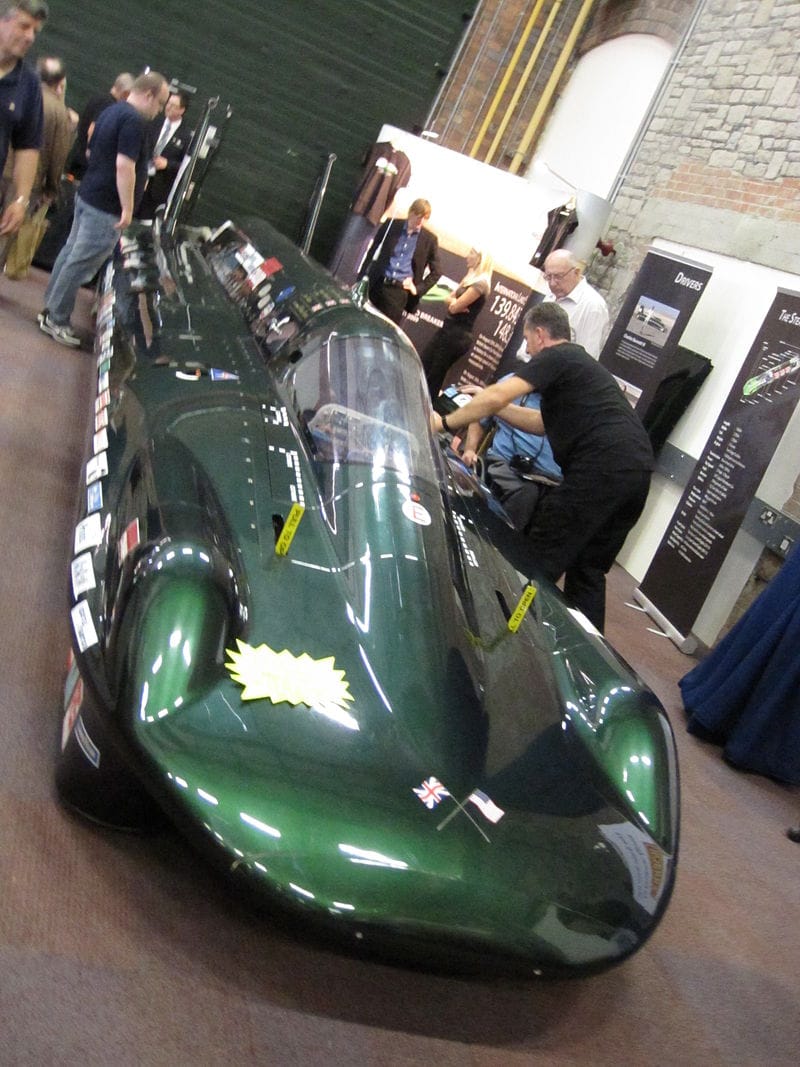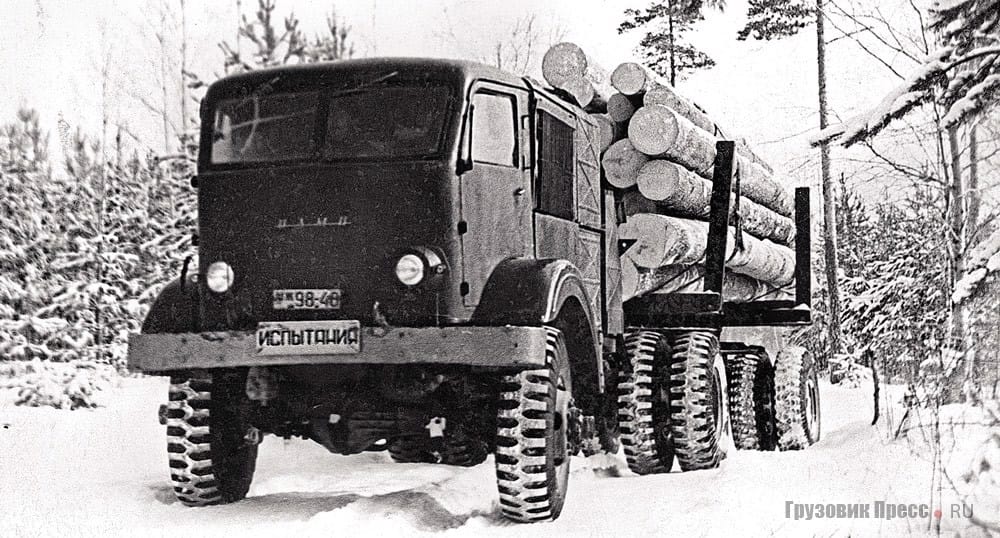Steam-Powered Auto (5 of them!)
Cars have not always been powered by an internal combustion engine in human history. Sometimes it was the energy of steam.

A Brief Look at Steam-Powered Cars
Nowadays, cars with internal combustion engines face a serious competitor — electric vehicles.
This clash isn’t happening for the first time: 125 years ago, internal combustion engine vehicles were part of a similar battle. Back then, they emerged victorious.
In 1900, half of all cars were steam-powered [1]. However, by the 1910s, gasoline-powered cars began to dominate, largely thanks to a mischievous innovator, Henry Ford. He made his cars incredibly affordable. This, along with other factors, led to the gradual decline of steam-powered vehicles.
With varying degrees of success, the era of steam vehicles persisted until the 1950s. Today, they are more like rolling museums if they are used at all.
The steam-powered car made its way to the pages of the "So List" blog from the book “The Curious Book of Lists” [2]. This book recently helped us with penguins and is now aiding our exploration of the advanced steam cars.
A Few More Words About Vehicles Powered by Steam
The history of steam-powered vehicles stretches back quite a bit. For example, in the latter half of the 1600s, a steam-powered cart was invented and presented to the Chinese emperor [1].
In the following 18th century, steam technology advanced through the inventions of Belgian, French, British, Russian, and Scottish engineers.
In 1802, the London steam carriage, invented by Richard Trevithick, became the first steam car designed for passenger transportation [3]. However, passengers showed little interest in this model, and it ultimately ended up as scrap.
This brief historical detour concludes here. Wikipedia offers an informative article on this topic if you wish to delve deeper.
So, the List of Noteworthy Steam Cars
Cugnot’s Steam Wagon (Fardier à Vapeur)

This device, created by French inventor Nicolas-Joseph Cugnot, is considered the first self-propelled vehicle. It laid the foundation for both automobiles and steam locomotives [4]. The steam wagon was invented in 1769 and refined in 1770. It was intended to transport military supplies, such as cannons.
During tests in 1770, the vehicle’s steering mechanism jammed, causing it to crash into a wall. Following political disputes surrounding the incident, the project lost its patronage and ended up in the Musée des Arts et Métiers in Paris.
The Runabout

Runabout cars were not only the early steam cars but the first steam-powered automobiles available to the mass market. In 2014, a Runabout manufactured in 1900 was sold at auction for £31,500. Not exactly an impressive figure but already a record.
Stanley Steamer and a New Speed Record!

High speeds may not be what you expect from steam power, but steam cars were already performing wonders back then. In 1906, the Stanley Steamer, the steam powered race car by Stanley Motor Carriage Company, reached a top speed of 127 mph (204 km/h). A remarkable achievement, even by gasoline engines’ standards!
This steam car's speed record lasted over a century until it was surpassed by the power of inspiration.
The Inspiration Steam Car

While steam engines are no longer competitors to internal combustion engines, the steam turbine still has milestones to challenge. In 2009, a group of enthusiasts built a new steam-powered car called Inspiration. That same year, the century-old record was broken when Inspiration achieved a top speed of 225 km/h.
If you're curious, there's even a BBC program showcasing this race.
Steam Cars in the USSR

In the Soviet Union, the Central Scientific Research Automobile and Automotive Engines Institute (NAMI) developed steam-powered vehicles. They focused solely on heavy-duty models, not passenger cars.
NAMI-012, the first model, and NAMI-018 were designed for use in areas where fuel was scarce. These vehicles were meant to run on wood.
However, the disadvantages outweighed the advantages, and the development of these vehicles was eventually abandoned.
The End of the Steam Era
Today, steam power and steam-powered cars are a thing of the past. The development of steam transportation ceased, giving way to modern cars with internal combustion engines and even top-notch electric cars.
Thank you for reading! I hope you found this glimpse into this unusual mode of transport fascinating.
Did you read this without losing steam? Excellent! Subscribe to the “So List” blog for more amazing lists and checklists. You’ll also learn how to solve life’s challenges with these simple yet powerful tools.
List of Links
[1] “Steam car” from Wikipedia
[2] Tracey Turner, Caroline Selmes, The Curious Book of Lists, ISBN 978-0-7534-4487-0
[3] “London Steam Carriage” from Wikipedia
[4] “Cugnot” from Wikipedia
[5] Image from the page 1899 Crouch Runabout “Steam” on the Audrain Automobile Museum website
[6] Image from the page Stanley Steamer - 1906 on the Speed Aces website
[7] Image from the page “Experimental Steam Cars NAMI-012 and NAMI-018” on the “Gruzovik Press” website



